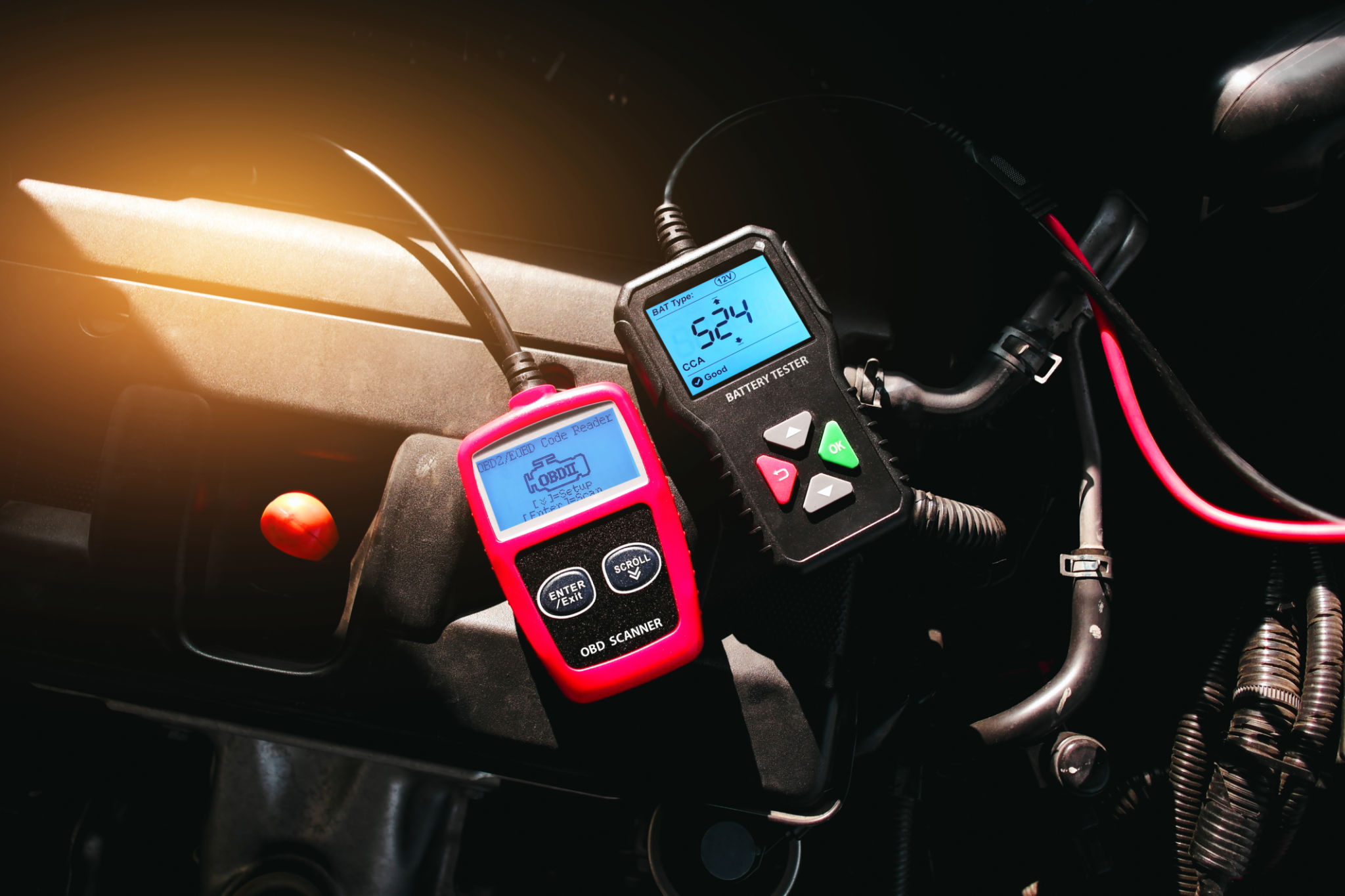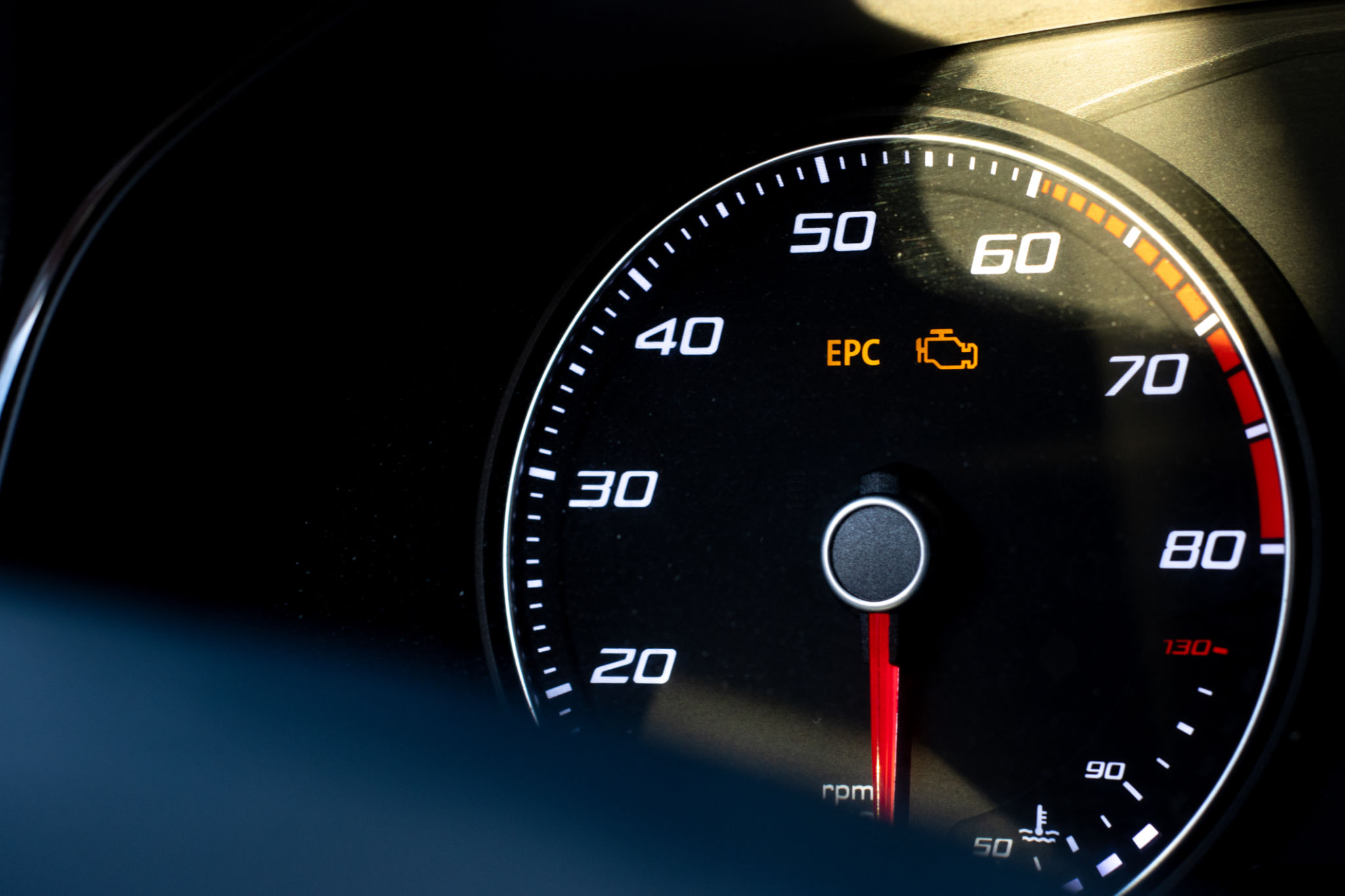Understanding Diagnostic Services: What Your Car is Telling You
Introduction to Car Diagnostic Services
In the world of modern vehicles, diagnostic services have become an essential aspect of car maintenance. With advancements in technology, cars are equipped with sophisticated systems that can communicate with us through various signals and indicators. Understanding these signals is crucial for maintaining the health of your car and ensuring a smooth driving experience.
Diagnostic services involve using specialized tools and software to interpret these signals. These tools connect to your car's computer system to identify any issues that may be present. By understanding what your car is trying to tell you, you can address problems early, potentially saving time and money in the long run.

Why Car Diagnostics Matter
The primary purpose of car diagnostics is to detect issues before they escalate into major problems. Early detection can prevent breakdowns and improve the overall performance of your vehicle. Additionally, regular diagnostics can enhance fuel efficiency and reduce emissions, contributing to a cleaner environment.
By regularly checking your car's health, you ensure that it runs smoothly and safely. Diagnosing problems early can also extend the lifespan of your vehicle, making it a wise investment in the long term.
Common Diagnostic Codes
When a problem arises within your car's system, it generates specific diagnostic codes. These codes can be read using a diagnostic scanner, which translates them into understandable information. Here are some common codes you might encounter:
- P0171: Indicates a lean condition in the engine, meaning there is too much air and not enough fuel.
- P0300: Represents a random or multiple cylinder misfire detected.
- P0420: Signals a catalytic converter efficiency problem.

The Role of Technology in Diagnostics
Modern cars are equipped with On-Board Diagnostics (OBD-II) systems, which are standardized across most vehicles manufactured after 1996. This system continuously monitors the performance of the engine and other critical components. If an anomaly is detected, it triggers the "check engine" light on your dashboard.
The OBD-II system provides vast amounts of data that can be accessed through diagnostic tools. This data includes information about engine speed, air temperature, throttle position, and more. Accessing and interpreting this data allows mechanics to pinpoint issues quickly and accurately.
DIY Diagnostics vs. Professional Services
While many drivers opt for professional diagnostic services, DIY options are available for those who prefer a hands-on approach. Affordable diagnostic tools can be purchased online or at auto parts stores, allowing car owners to perform basic diagnostics at home.
However, it's important to note that professional mechanics have access to advanced tools and extensive experience, enabling them to diagnose complex issues more effectively. Depending on the severity and complexity of the problem, seeking professional services may be the best option.

Conclusion
Understanding diagnostic services is an essential part of modern car ownership. By paying attention to the signals your car sends and utilizing both DIY and professional diagnostic tools, you can ensure that your vehicle remains in optimal condition. Regular diagnostics not only enhance performance but also provide peace of mind by preventing unexpected breakdowns.
Ultimately, being proactive with car diagnostics is a smart strategy that pays off in terms of safety, efficiency, and cost savings. Stay informed and attentive to what your car is telling you, and you'll enjoy many more miles on the road.